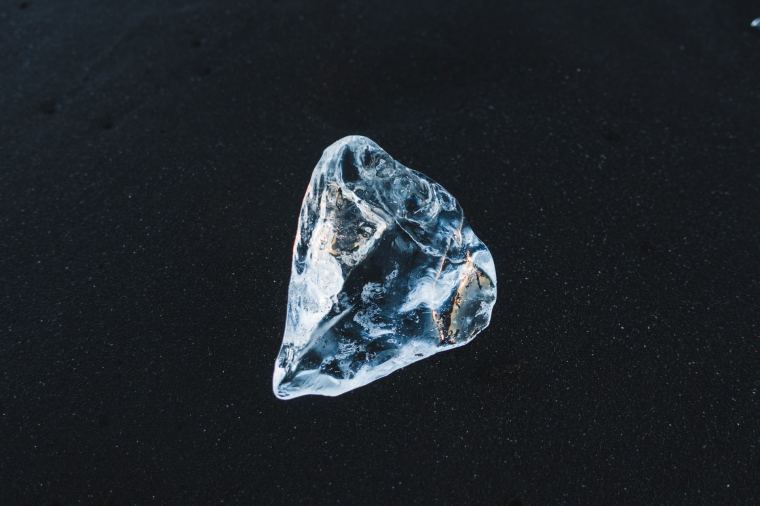
The Bible makes many references to jewels and precious stones. This is not so surprising, since in every civilisation gemstones have been highly prized and sought after.
There are many gemstones and biogenic gem materials mentioned. The identity of each was, of course, known to the ancient Hebrews. However, over very many years, the identities of the stones have become confused. It being difficult to nail down what modern names are the best fits for the stones, as the ancients weren’t as well versed in the science of mineralogy as today.
Many different names
Some names were able to be directly traced back to the mineral they used.Most, however, are modern names, along with some archaic English names and several untranslated Greek and Latin names. This becomes apparent when looking through all the modern English translations, which collectively offer over 40 different identities for the 12 gems on the breastplate of Aaron alone.
Gems mentioned throughout the
The most mentioned gems are: Jasper, sapphire, chalcedony, emerald, sardonyx, sardius, chrysolite, beryl, topaz, chrysoprase, jacinth, amethyst, carbuncle, turquoise, diamond, agate, lapis lazuli, crystal, coral, pearl, peridot, ruby, and onyx.
There are several important mentions throughout the Bible. Perhaps the most notable being the breastplate of Aaron, which all high priests of Israel were required to wear when going about their priestly duties.
High priest’s breastplate
The high priest’s breastplate was made of gold which was set with 12 different gemstones in four rows of three each. Each of the 12 gemstones represented one of the 12 tribes of Israel, and were inscribed with their names.
First in the top row is carnelian.It’s also called sardius, jasper, or garnet in some translations. In others it’s known as sardion, sard, sardonyx, or red jasper.
Next is peridot. It’s often translated as chrysolite, topaz or emerald.
Last in the row is malachite. This is sometimes translated as beryl, emerald, turquoise, or carbuncle.
In the second row is red garnet, which is sometimes translated as emerald, carbuncle, ruby, or turquoise; lapis lazuli, which is sometimes translated as sapphire; and iaspis, which is sometimes translatedas amethyst, beryl, rock crystal, emerald, jasper, diamond, chrysoprase, or amazonite.
The third row is amber, often translated as sapphire, zircon, tourmaline, or opal. Scholars have done some digging and found that amber is what thetrue identity is; agate (scholars are in complete agreement about its identity), and amethyst, which is sometimes translated as crystal, though almost all translations agree it’s amethyst. The fourth row is beryl (also known as aquamarine), onyx, and jasper.
The “King of Tyre”
Another notable mention is the “King of Tyre”, mentioned in Ezekiel 28:11-19. He is mentioned as having been in the Garden of Eden. He is stated as having been clothed or covered with sardius, topaz, diamond, beryl, onyx, jasper, sapphire, emerald, and carbuncle.
It should be noted that the gems mentioned, while they could be different from the stones mentioned and be in fact a different stone, it’s entirely possible that God did in fact clothe the “King of Tyre” in thosespecifically named gems. This is because He knows the chemical compositions of each of the stones and how to set them.
New Jerusalem
Another major mention is the foundation stones of the New Jerusalem, found in Revelation 21:15-21. They too are made of precious gems. The first foundation is made of jasper. The second of sapphire or lapis lazuli, the third of chalcedony or agate, the fourth of emerald, the fifth of onyx or sardonyx, the sixth of carnelian or sardius, the seventh of chrysolite, the eighth of beryl, the ninth of topaz, the tenth of chrysoprase, the eleventh of jacinth, and the twelfth of amethyst.
A special mention should be made about the gemstone found in the Garden of Eden. This is the onyx.
There are numerous other mentions throughout the Bible, which I won’tsay any more on, except to say that gemstones often play a role in the Bible. They are seen as a declaration of wealth for rulers, and as a gift of the highest value. Is it any wonder then that gems are used as metaphors for people, places and things of high value and beauty?

Katelin Staples is from Gladstone, Queensland. By day Katelin is employed as a proofreader. Katelin has a passion for discovering the deep things of God and how they affect the world around us.